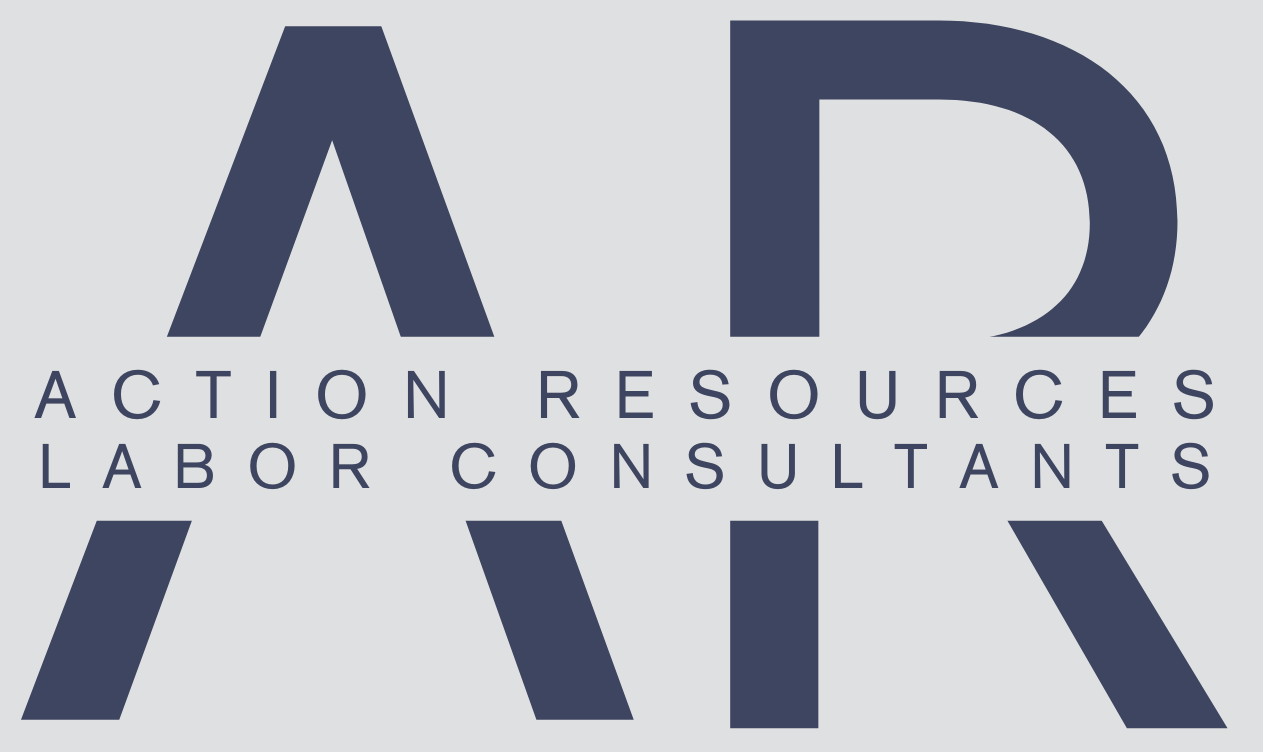Activism; the reason you may be closer to a union petition than you think.
As Generation Z and Millennials now dominate the workforce, employers are facing a wave of union organizing that is targeting impressionable youth with a penchant for activism. Amidst the marked rise in petitions for union representation being filed and calls for collective action in society, there is a growing recognition of the role that activism plays in union organizing drives. While traditional union organizing tactics remain important, activism has become an increasingly powerful tool in building momentum and galvanizing support for unionization efforts.
What exactly is activism in the context of union organizing drives? Activism refers to a range of tactics used by workers and their supporters to advocate for social change, raise awareness, and mobilize others around a particular cause. These tactics can include everything from social media campaigns and protests to direct action and civil disobedience.
The issues being raised during organizing drives have morphed as well. Lesser are the cries of meager wages and paltry benefits and louder are the demands for inclusivity and social justice. They mirror a broader movement that today's young adults have spearheaded to demand change in a world that has left them unsatisfied and riddled with anxiety. As employers struggle with the challenges brought on by having to manage a multi-generational workforce, organizers have ridden the wave crashing against the status quo.
One explanation for why activism has become such a critical part of union organizing is the changing nature of work and the economy. As employers have engaged in a veritable arms race offering competitive wages, engaging work cultures, and robust benefits packages to attract and keep talent, traditional union organizing strategies have become less effective. However, the anti-capitalist sentiment and yearning for change seemingly embedded in the minds of younger generation workers provide a rich soil in which tactful and charismatic organizers are planting the seeds of discontent. Coupled with the debilitating effects of inflation that continue to wreak havoc on the economy and the precarious nature of many low-wage and gig economy jobs, many employers are vulnerable to organizing efforts, even when meeting traditional benchmarks.
Another feature of activism that has aided organizing efforts is that it can help to create a sense of solidarity and community among workers, making them feel less isolated and more empowered to speak out. Workers are told that by engaging in collective actions such as protests and strikes, workers can demonstrate the power of their collective voice and put pressure on employers to recognize their demands. This is incredibly appealing to younger people as they attempt to navigate a world they presumably view as convoluted and unjust. Especially as many of the axioms foisted upon them as they were growing up now have ostensibly changed because of the evolving global economy. According to them, things aren't as they should be, and if given the opportunity to enact change via the agency afforded by section 7 of the National Labor Relations act, then why not?
Activism is also effective in union organizing because of its ability to reach a wider audience. Social media platforms like Twitter, Facebook, Tik Tok, and Instagram have made it easier than ever for workers to connect with each other, share information, and organize around common goals. By leveraging these platforms and other digital tools, workers and their supporters can build momentum and raise awareness about their campaign beyond their immediate workplace.
The question employers now must ask is "How do we adapt given the current climate?" Although activism has become an increasingly important part of the youth's constitution, it is not the only thing that these budding employees are looking for in their work. Bestselling Author and Generations Keynote speaker Ryan Jenkins explores the topic at length in his book "The Generation Z Guide". According to Jenkins, Gen Z employees cite professional development, chances for promotion, and opportunities for travel as some of the most important factors when looking for a potential employer. Gen Z also seeks performance-based pay and plenty of flexibility in their work schedule. Additionally, these trailblazers crave deep human connection at work. Being the digital natives that they are, the person-to-person connectivity in a workplace setting creates the perfect outlet to bring balance to an increasingly digital world. More broadly speaking, companies may have to revisit their mission statement and evaluate their impact on society. According to Jenkins' research, 9 in 10 Gen Z workers said that a company's impact on society influenced their decision to work there or not. And 30% would take a 10%-20% pay cut to work for a company that had a mission that they cared about.
By building solidarity among workers, raising awareness about their campaign, and capitalizing on the youth's proclivity for activism, organizers have built momentum and support for unionization efforts. Where those efforts will take them is yet to be seen. Meanwhile, employers must be willing to take heed of what young workers are telling them if they wish to steer clear of the potential pitfalls caused by complacency and indifference.
Written by Arthur Wentworth

